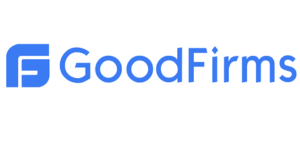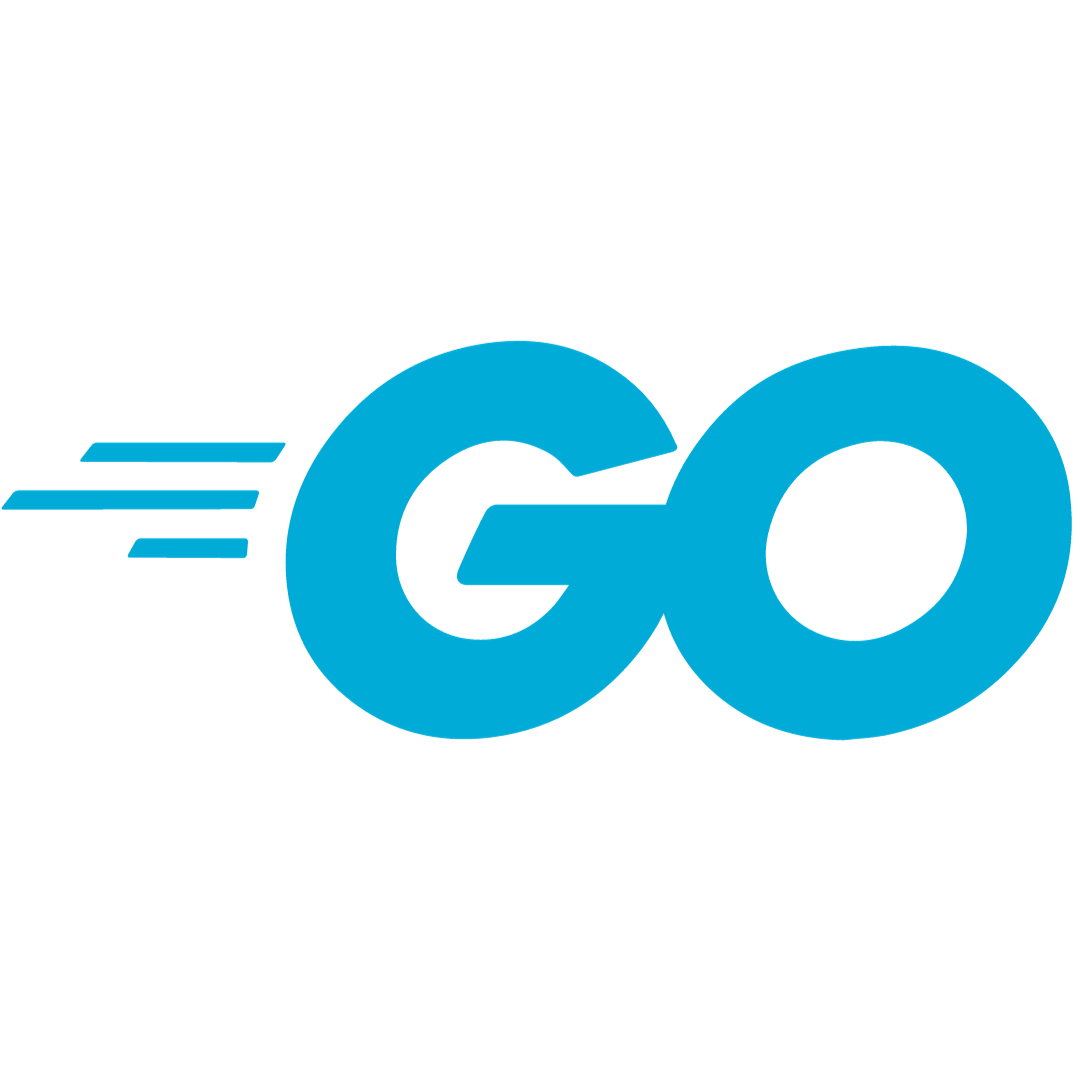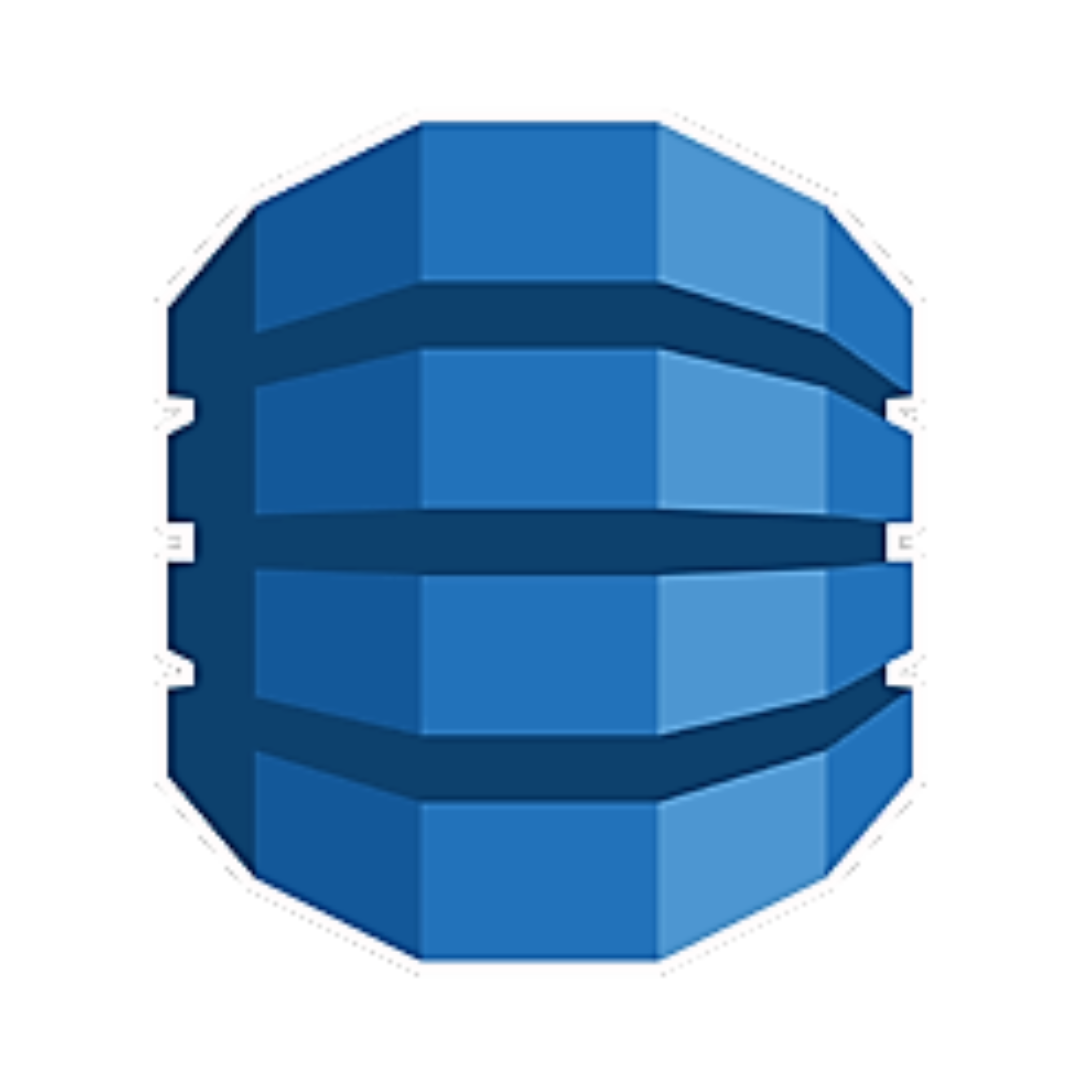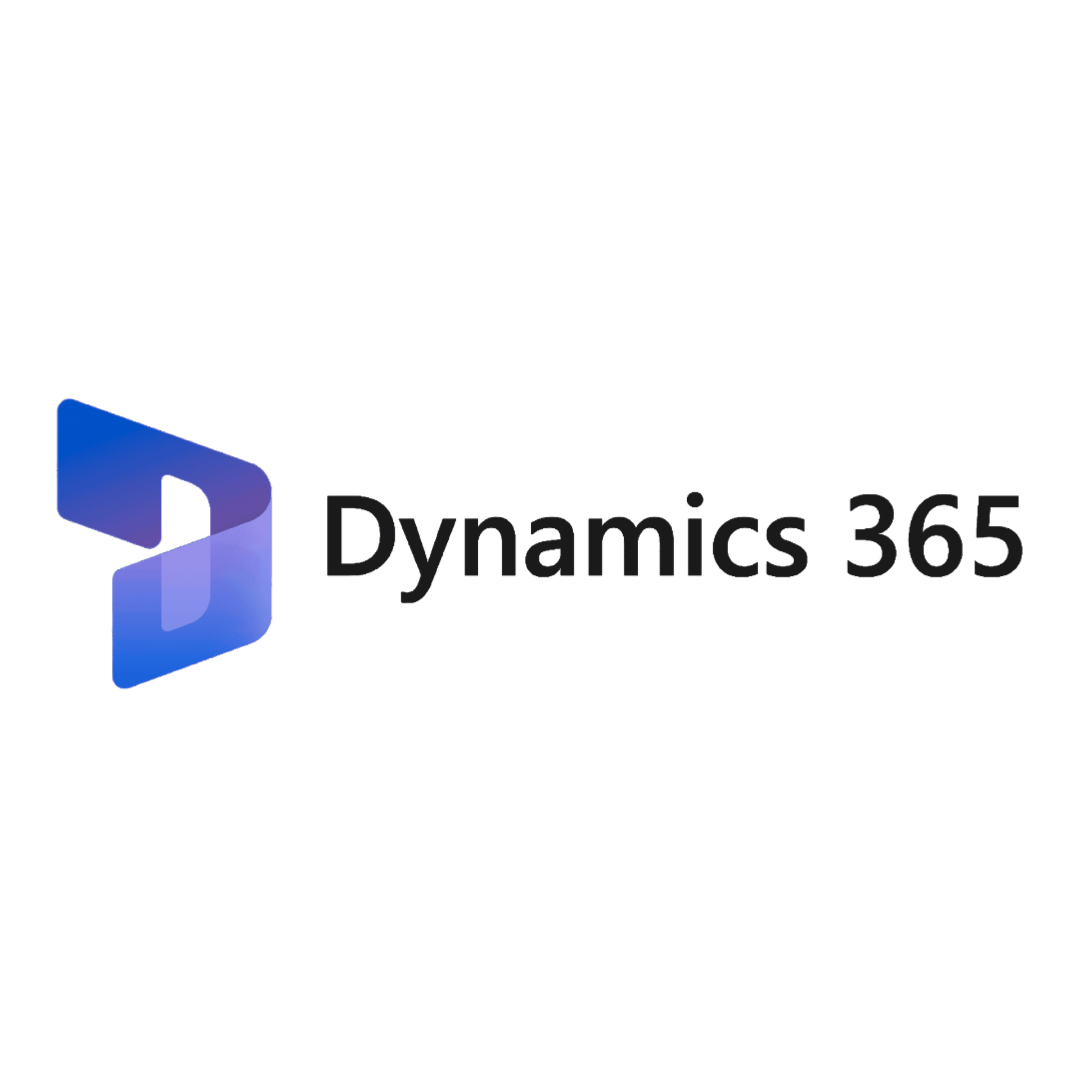
How To Integrate ChatGPT For Free: A Beginner’s Step-by-Step Guide
ChatGPT integrations are transforming industries by seamlessly blending AI-driven intelligence into everyday processes, making experiences more intuitive, efficient, and engaging. With its ability to understand and generate human-like text, ChatGPT offers users a window into smarter workflows, personalized interactions, and dynamic problem-solving.
By partnering with businesses and developers, ChatGPT integrations enhance customer support, streamline communication, and simplify complex tasks. From answering queries in real time to automating repetitive processes, these integrations empower organizations to deliver faster, more accurate, and highly tailored solutions.
As businesses leverage the monetization potential of ChatGPT-powered platforms, its influence grows across sectors like e-commerce, education, healthcare, and more. By shaping the way individuals interact with technology, ChatGPT is redefining user experiences and enabling innovation.
In essence, ChatGPT integrations are not just tools—they’re catalysts for a smarter, more connected world, revolutionizing how people and organizations work, interact, and thrive.
Here are the platforms known for ChatGTP Integrations, here are Top 10 Platforms for ChatGTP Integrations :
Top 10 platforms for ChatGTP Integrations
- Zendesk
- Slack
- Shopify
- WordPress
- Microsoft Teams
- HubSpot
- Salesforce
- WooCommerce
- Intercom
- Zapier
Table of Content
- What is ChatGPT?
- Tools You’ll Need ti Integrate ChatGPT
- Step-by-Step Guide to Integrating ChatGPT for Free
- Tips for Scaling Your ChatGPT Integration
- Conclusion
What is ChatGPT?
ChatGPT, developed by OpenAI, is a powerful conversational AI model that processes natural language and generates human-like responses. It is used to automate customer support, create content, analyze data, and more. At its core is the OpenAI API, which allows developers to connect ChatGPT with various applications. For instance, you can use the API to build chatbots for your website, analyze spreadsheets in Excel, or automate CRM workflows in Salesforce. Its versatility and ease of integration make it an ideal tool for improving productivity and user engagement.
Tools You’ll Need to Integrate ChatGPT
Before diving into ChatGPT integration, let’s go over the tools and resources you’ll need:
-
OpenAI API Key
This is your access point to ChatGPT. Sign up at OpenAI to obtain a free API key.
-
Integration Tools
Use platforms like Make (formerly Integromat) or Zapier, which offer free plans for connecting ChatGPT to apps like Excel, Salesforce, or WhatsApp.
-
Hosting Platform
Depending on your use case, choose a platform like WordPress for websites or Google Sheets for spreadsheet tasks.
-
Coding Knowledge (Optional)
While not mandatory, basic knowledge of JavaScript or Python can help create custom integrations.
With these tools, you can start integrating ChatGPT into your workflows without incurring costs.
Step-by-Step Guide to Integrating ChatGPT for Free
Integrating ChatGPT is simpler than you might think. Follow these steps to get started:
-
Get an API Key
Visit OpenAI’s platform, sign up for an account, and generate your API key. This is the foundation of any integration with ChatGPT.
-
Choose Your Platform
Decide where you want to use ChatGPT. Popular options include:
-
Excel: Automate data analysis and create text-based insights.
-
Websites: Add ChatGPT-powered chatbots for real-time user support.
-
Salesforce: Streamline CRM tasks like lead qualification.
-
WhatsApp: Automate responses using ChatGPT.
-
-
Connect with Integration Tools
Use no-code platforms like Make or Zapier to connect ChatGPT with your chosen application. These tools offer free plans and user-friendly interfaces.
-
Customize API Calls
Adjust the API settings to fit your workflow. For example, create a chatbot to answer FAQs on your website or generate content ideas directly in Canva.
-
Test the Integration
Run tests to ensure ChatGPT responds accurately and aligns with your intended use.
-
Refine and Scale
Continuously optimize the integration based on feedback and explore more advanced functionalities as you grow comfortable with the process.
The Evolution from Coding to No-Code Solutions
Traditionally, creating a functional front end required coding knowledge. For instance, to design and implement a simple "Buy Now" call-to-action (CTA) button, you would have needed to learn and write code in HTML, JavaScript, and CSS. These languages were essential to materialize the button, style it, and define its click functionality, completing the entire workflow through manual coding.
In the past, no-code solutions were non-existent, making it necessary to write every detail from scratch, even for something as simple as a single button. This process often demanded significant time and effort, requiring developers to master multiple programming languages. Today, no-code platforms have revolutionized this process, enabling users to create front-end and back-end functionalities with ease, even without extensive programming knowledge.
Creating a “Buy Now” button has become incredibly simple in today’s digital landscape. Here’s how you can do it:
-
Drag and Drop: Simply drag the button element to the desired location on your web page.
-
Customize Design: Adjust the color, font style, and other visual elements of the button with just a few clicks.
-
Set the URL: Assign the URL where the button should redirect users when clicked.
For Example- No Code tools such as
-
Wordpress for website
-
Nocode App Builder - Bubble
-
Nocode Automation - Make
Example Use Cases for Free ChatGPT Integration
ChatGPT can transform your daily tasks through a variety of integrations. Here are some examples:
-
Excel: Use ChatGPT to analyze datasets, summarize reports, or generate automated insights in spreadsheets.
-
Websites: Embed a ChatGPT-powered chatbot to handle customer queries and improve engagement.
-
Salesforce: Automate repetitive CRM tasks, such as lead generation or customer feedback analysis.
-
WhatsApp: Create an automated assistant to respond to customer inquiries in real-time.
-
Canva: Generate captions, descriptions, or social media posts for creative projects.
Tips for Scaling Your ChatGPT Integration
Once you’re familiar with the basics, you can scale your ChatGPT integrations to unlock even greater potential. Transitioning to paid plans can provide higher API limits and more advanced functionalities. Using premium tools on platforms like Make and Zapier enables broader integrations across multiple applications, such as WhatsApp, Salesforce, and Chrome. Additionally, explore integrations with tools like Canva or Excel to automate more complex workflows, saving time and enhancing efficiency.
Conclusion
ChatGPT integration is a powerful way to simplify workflows, save time, and boost productivity. With free tools like Make, Zapier, and the OpenAI API, beginners can explore the vast potential of ChatGPT without incurring costs. From Excel to websites, Salesforce to Canva, the possibilities are endless. Start small, refine your workflows, and scale as your requirements evolve. By integrating ChatGPT into your daily activities, you can unlock new opportunities for growth and success.


































































comments for "An Interview with Exavibes services"
Leave a Reply